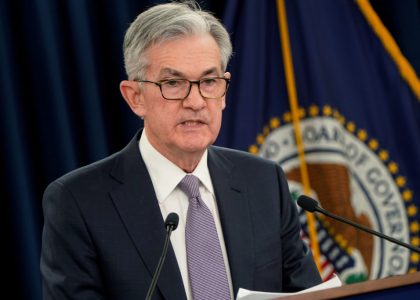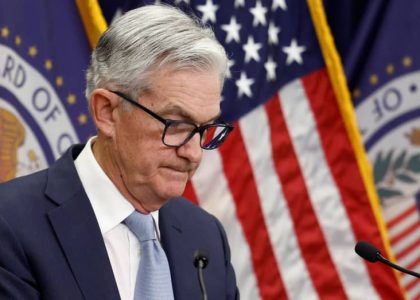Our theme continues, the Treasury Bond market spreads will set the tone for 2016. We wrote here at Equities.com on January 5th that, "US Bond Little Changed in Spite of Chaos." The chaos has certainly continued with the S&P 500 off nearly 5% since then and China's issues are anything but settled. It's not very often that the workings of the global economy can be examined in real-time through the lens of a daily chart. We think the congestion in the U.S. interest rate markets is providing us with this rare opportunity as we speak and that its forecasting abilities could set the tone for the rest of the year.
The back-story is available in the above mentioned link. Today, we'll focus on how to actively trade current situation in the differential between 30-year Treasury Bonds and the 10-year Treasury Notes. The congestion and volatility compression can easily be seen between the trend lines in the top pane of the chart below. The downward sloping trend line in the 30-year Bonds begins at the all-time high set about this time last year. Just as importantly, the all-time high for the 30/10 spread differential was also set at 34.14 points during this same period. Meanwhile, the major upwards-sloping trend line begins at the June lows and also represents the most recent significant low for this spread at 20.88.

 Rarely does a major macroeconomic trade allow retail traders to not only witness but, actually participate in the trade at hand. Our take is that the resolution of this trade will provide a major clue towards the coming year's global economic expectations. If China continues to collapse and U.S. earnings disappoint, we could see long bonds rally and make a run a at last year's record low yields. This would put the Fed in an exceptionally tough spot as the market could price out the first Fed rate hike in years. However, and we think this is the more likely scenario, a fall below the trend lines and through the support could signal the beginning of the normalization of domestic interest rates. In this case, it means a steepening yield curve. This shows up as contraction in the 30/10 spread. Monetarily this plays out from the current levels as roughly a $6,000 move to the all-time high around 34 points or $3,000 down to the June low around 25.50.
Rarely does a major macroeconomic trade allow retail traders to not only witness but, actually participate in the trade at hand. Our take is that the resolution of this trade will provide a major clue towards the coming year's global economic expectations. If China continues to collapse and U.S. earnings disappoint, we could see long bonds rally and make a run a at last year's record low yields. This would put the Fed in an exceptionally tough spot as the market could price out the first Fed rate hike in years. However, and we think this is the more likely scenario, a fall below the trend lines and through the support could signal the beginning of the normalization of domestic interest rates. In this case, it means a steepening yield curve. This shows up as contraction in the 30/10 spread. Monetarily this plays out from the current levels as roughly a $6,000 move to the all-time high around 34 points or $3,000 down to the June low around 25.50.
Trading this spread on the long side (slow growth) means buying the 30-yr and selling the 10-yr and risking the spread to the upward sloping trend line in the bottom differential pane of the chart, now coming it at 27. This is a risk of approximately $2,400 from the current differential. Trading this spread from the short side in expectations of global growth and a steepening yield curve requires selling the 30-year and buying the 10-year. The idea is that as the yield curve steepens, the differential will compress and the spread will fall through the upward trend line and down towards a more historical norm around 20 points. The risk from the current differential to the downwards-sloping trend line is around $3,000.
Finally, the resolution of this spread will tell us what the big money, who we track, expects out of forward global economic activity. Whether we trade the spread or, simply use it as a tool to forecast other financial futures, it's worth keeping an eye on in its current position.






